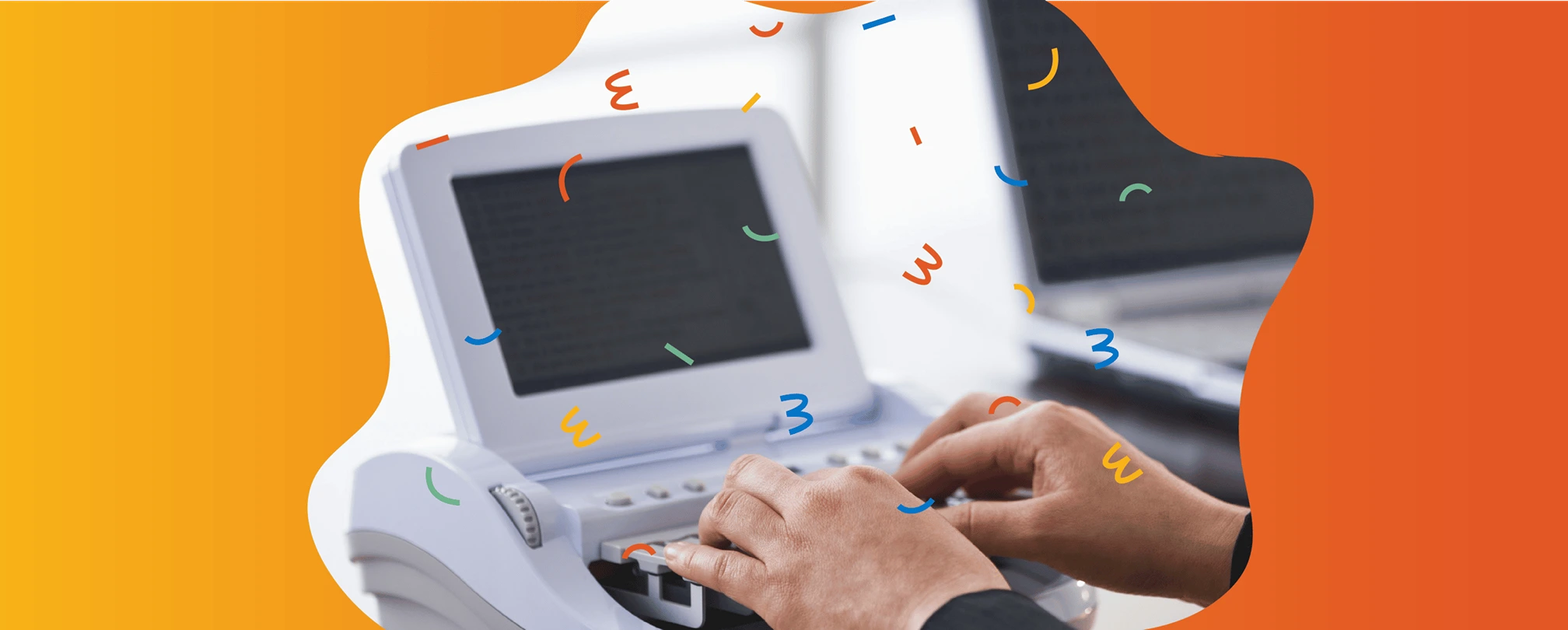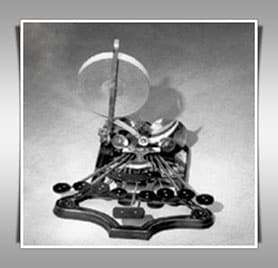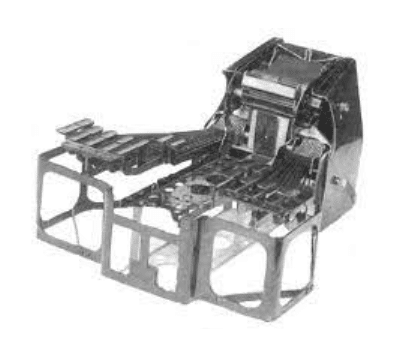Celebrating Stenography:
Where It Started and How It’s Changed Over Time

Stenography dates to the mid-4th century BC as a unique, abbreviated language to enhance swift communication. Fast-forward to the late 19th century and a stenography (steno) machine is created to provide a quicker, more accurate court reporting experience. To this day, stenography is the gold standard for court reporting in depositions, hearings, trials and other proceedings.
How did stenography survive millenniums of technological advancement? Why did the legal system adopt the technology and methodology of the steno machine?
Let’s revisit the past as we celebrate where stenography started and how it’s evolved to where it is today:
How Stenography Has Evolved
The most basic, ancient form of stenography began in 450 BC. But back then, it had another name: cuneiform. This was similar to “caveman” writing, almost like the Egyptians’ hieroglyphics. Different from the English language that assigns words with letters and gives each letter an individual sound, cuneiform grouped sounds together and assigned them to symbols. The symbols were then assigned a picture, and this shorter, graphic-telling communication was not only understandable and easy to teach, but timely and efficient.
Several centuries later, China reinvented cuneiform and turned it into what we now call shorthand. The Chinese are the first reported culture to adopt an abbreviated language for court reporting. Court data, including confessionals, were written in grass and mud and those shorthand notes were later copied as legal documents.
Rome adopted shorthand for their legal systems as well and Greece shortly picked up the trend. From there, after both eastern and western cultures were introduced to the art, abbreviating branched out to other forms of business and was later practiced in the common household.
In 1877, Miles Bartholomew invented the first shorthand machine, and several decades later, Ward Stone Ireland, an American court reporter, invented a commercial stenography device that included a keyboard and steno paper.

A member of the machine reporting team during the infamous Lindbergh baby kidnapping trial of 1933, Walter Heironimus, is revered today as an American court reporting pioneer. Many believe he was the first to introduce the United States to an original shorthand machine.

Fast-forward to the mid-nineties and high-profile cases, like the O.J. Simpson trial, catch stenographers on public television for the first time. Their role becomes more understood by the public and quickly plays a vital part of all legal and political broadcasts.
Where Stenography Is Now
Technology follows its own rapid, uphill tendencies, continuing to make advancements to the steno machine. At first, the steno machine transcribed a list of abbreviations, and the stenographer would later translate those abbreviations for attorneys and court officials to understand. Today, the device has an internal translator that translates the abbreviations as they are typed. Modern steno machines are also rechargeable, just like a computer or cell phone, and can take advantage of both Bluetooth functionality and Wifi access.
Thanks to the stenography machine, today’s stenographers can produce twice the number of words per minute as a professional typist. Since 2004, Mark Kislingbury has held the stenography-typing speed record with 360 WPM at 97% accuracy.

Editoral Policy
Content published on the U.S. Legal Support blog is reviewed by professionals in the legal and litigation support services field to help ensure accurate information.


